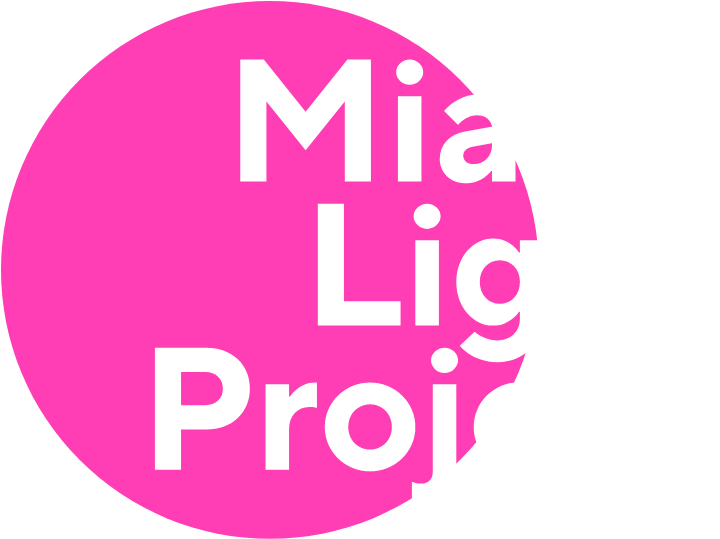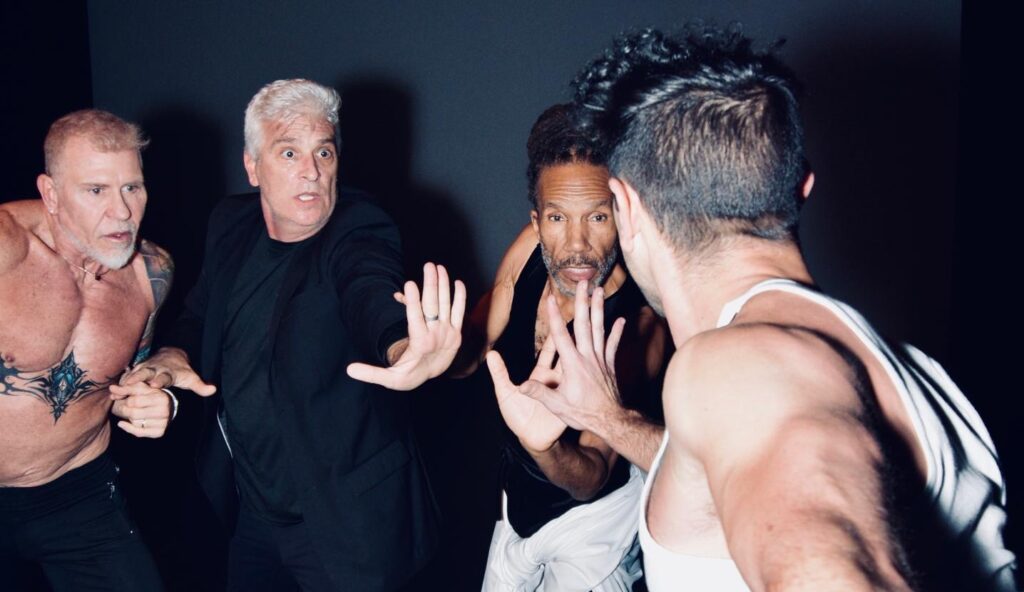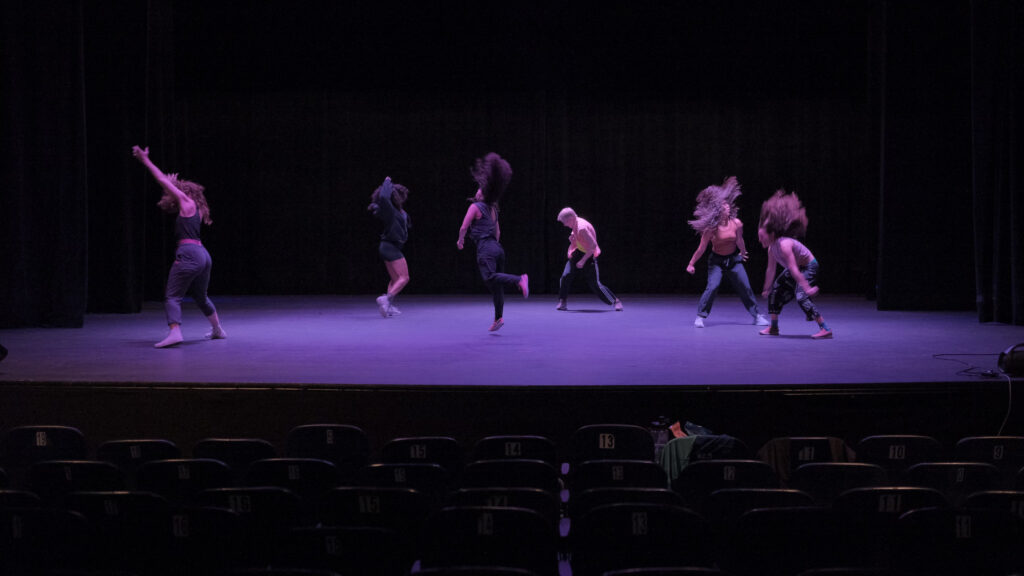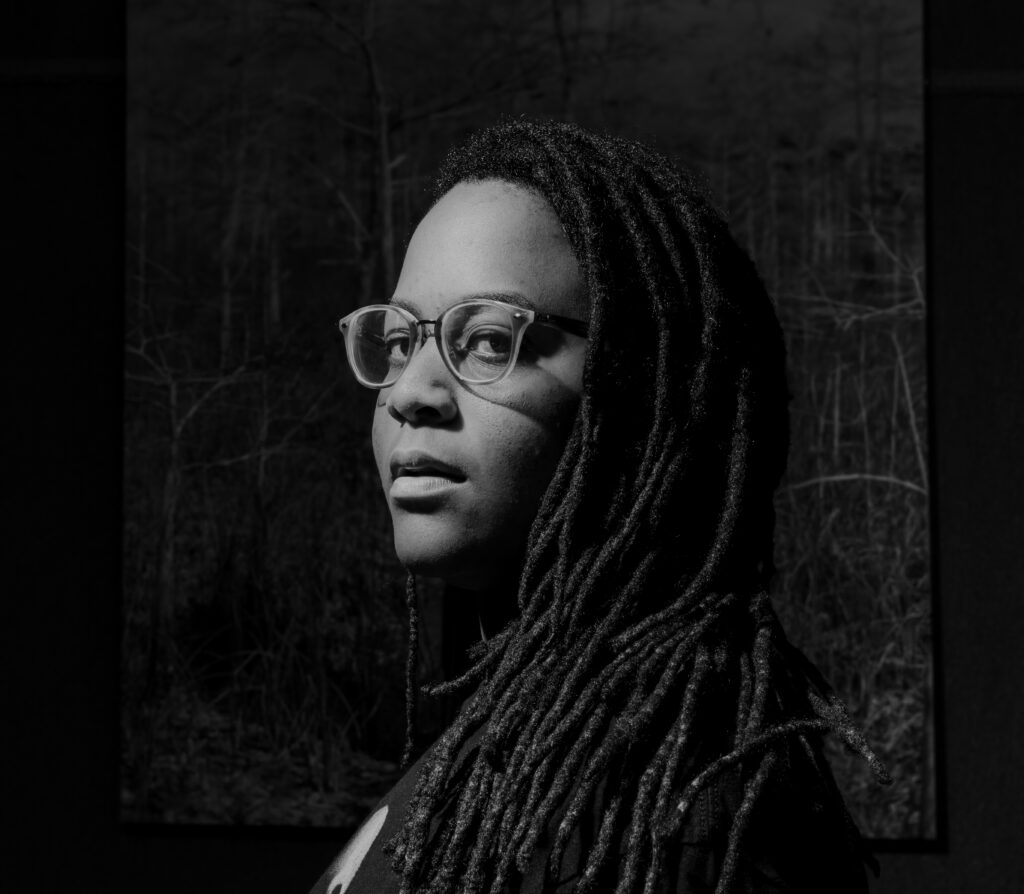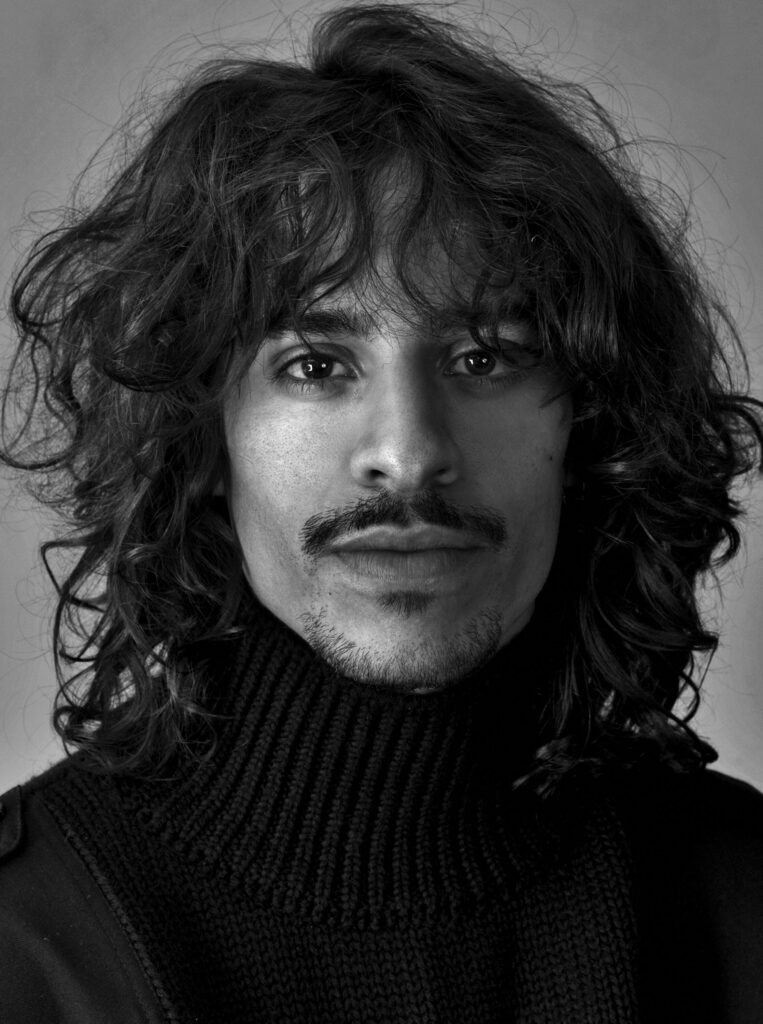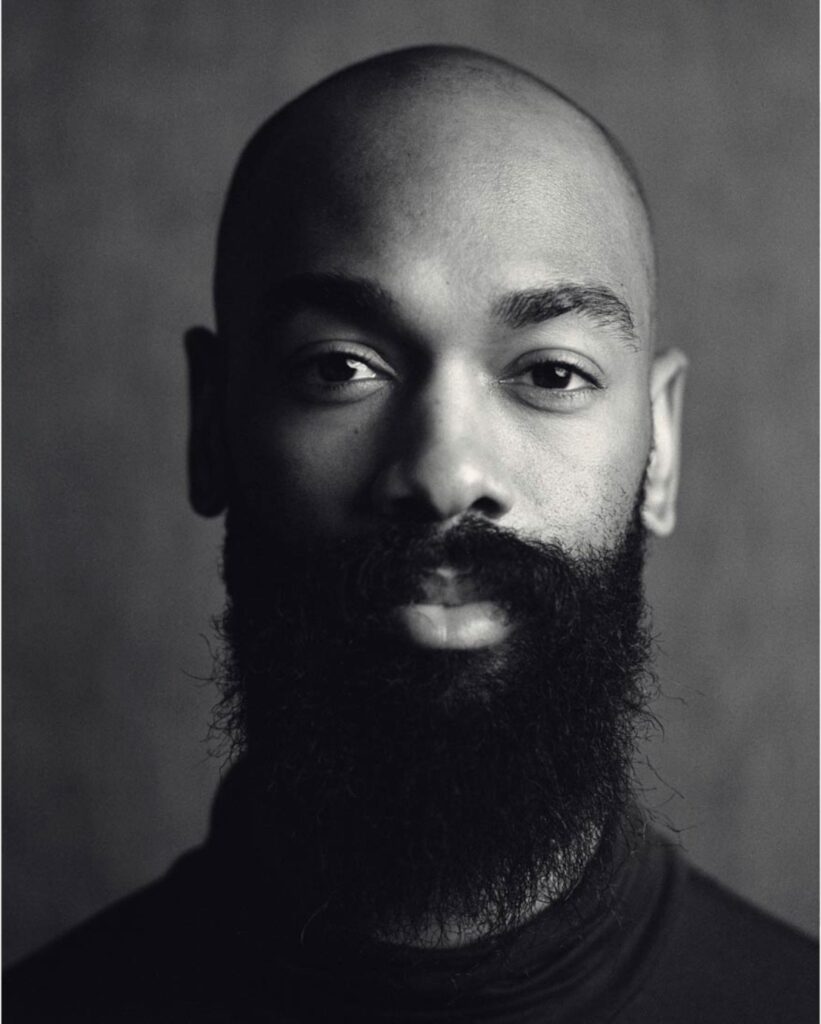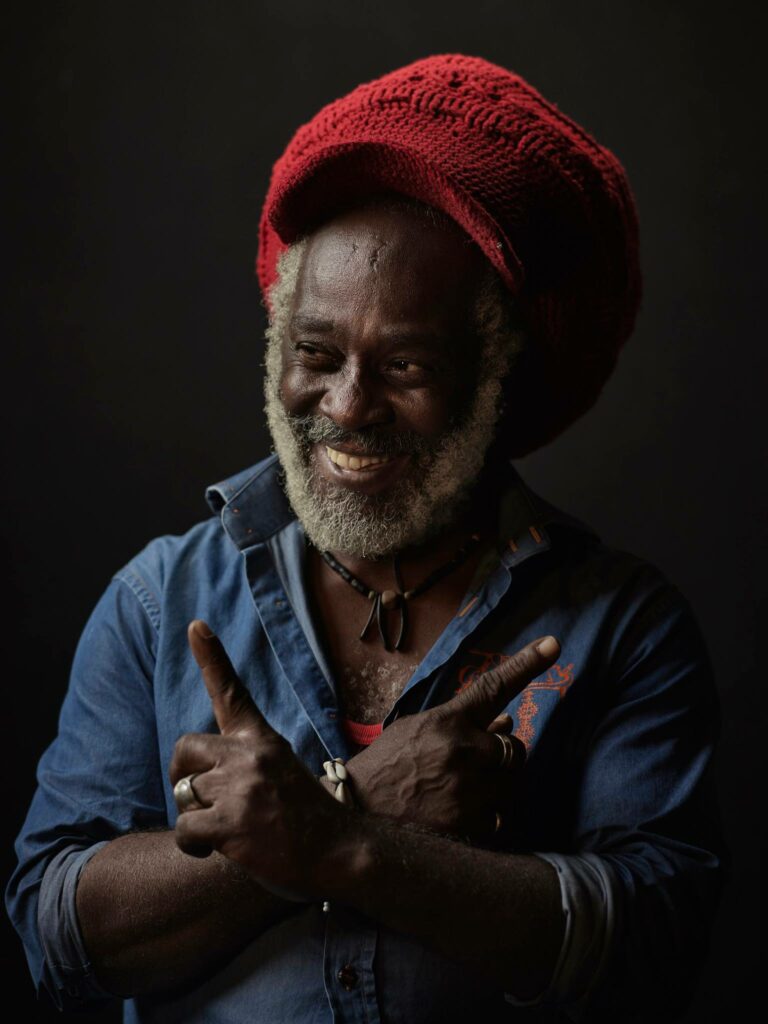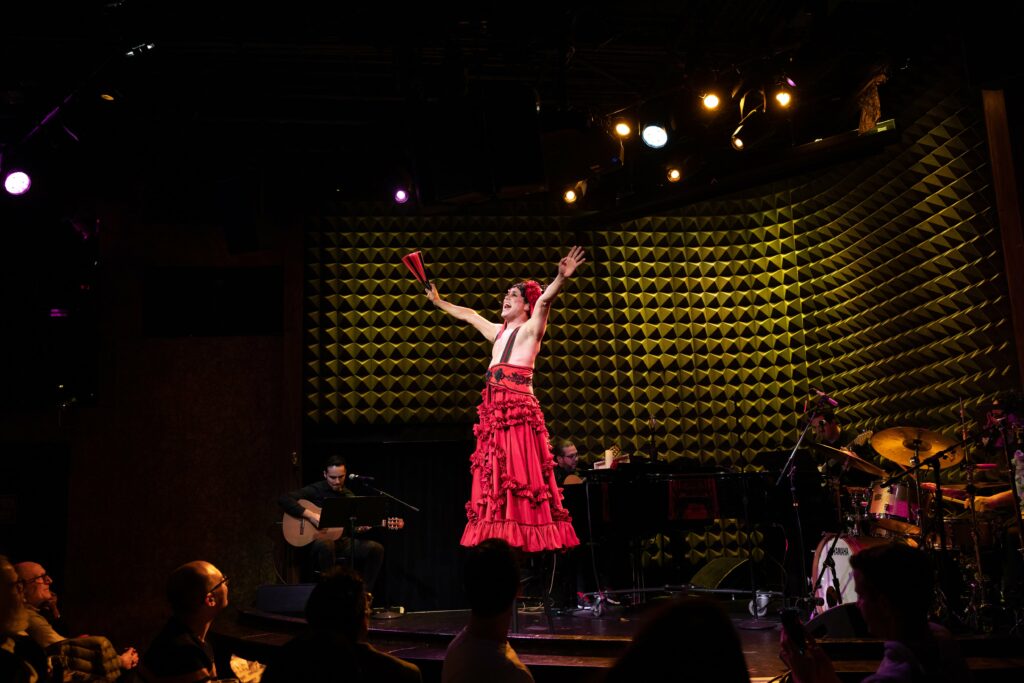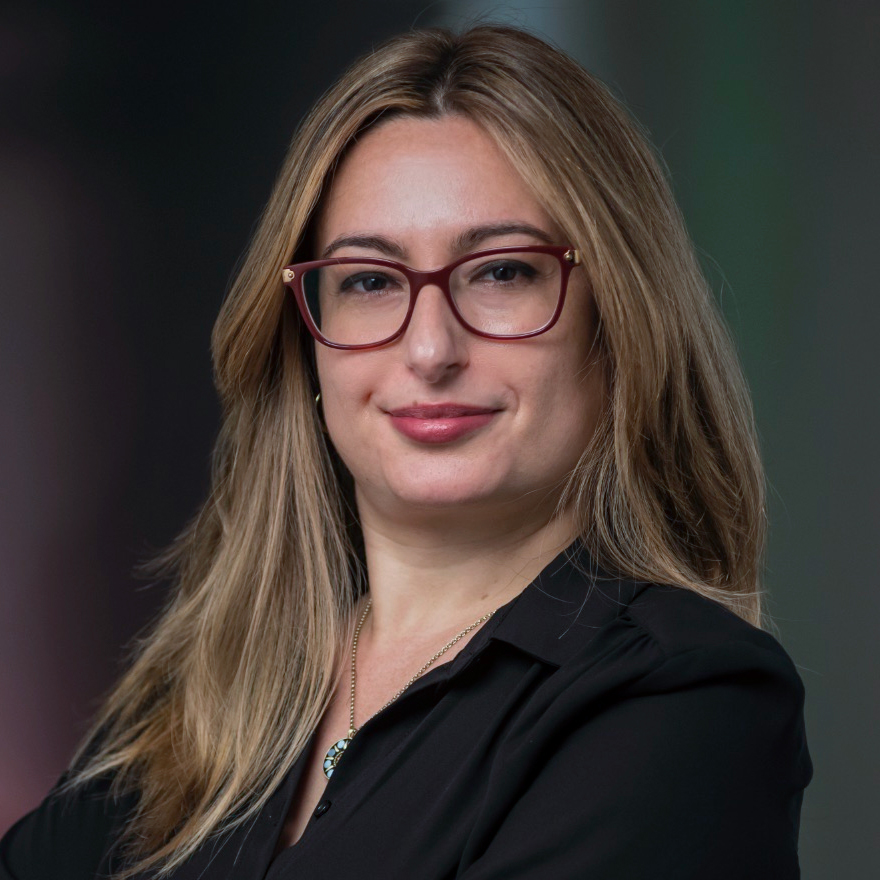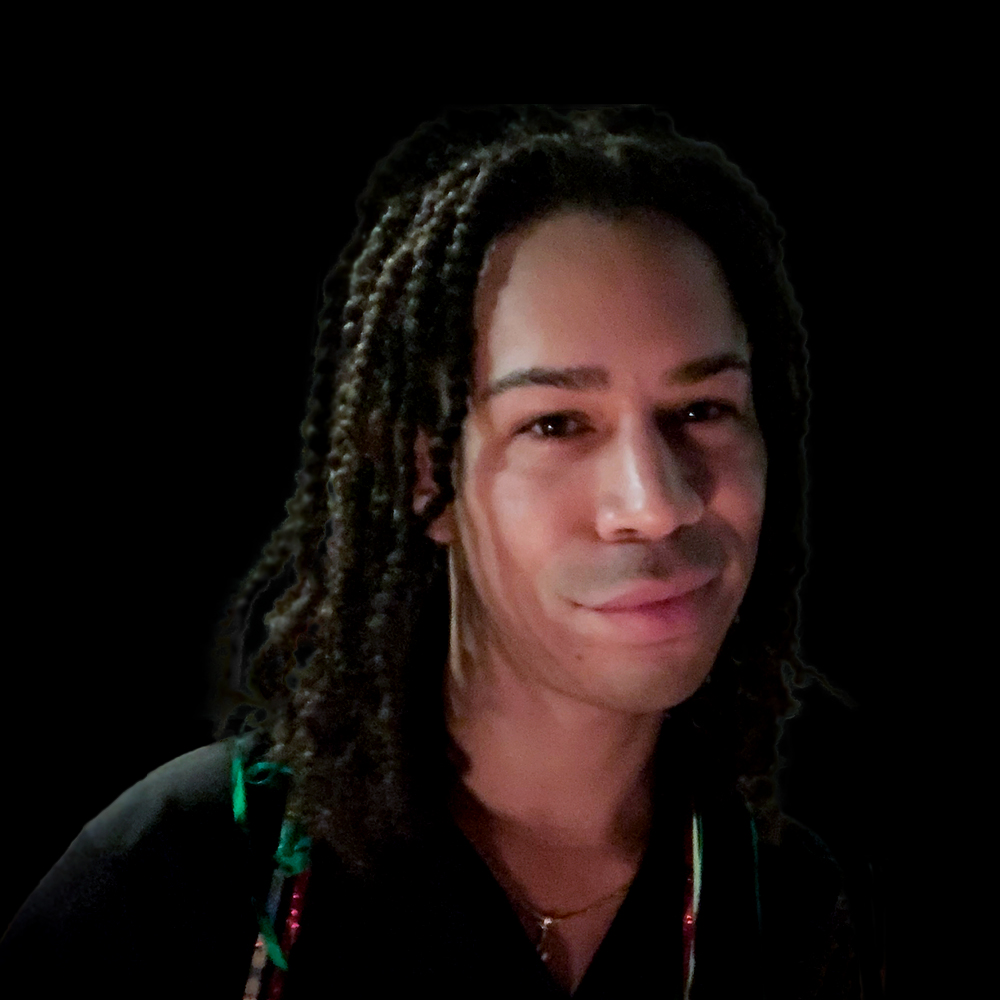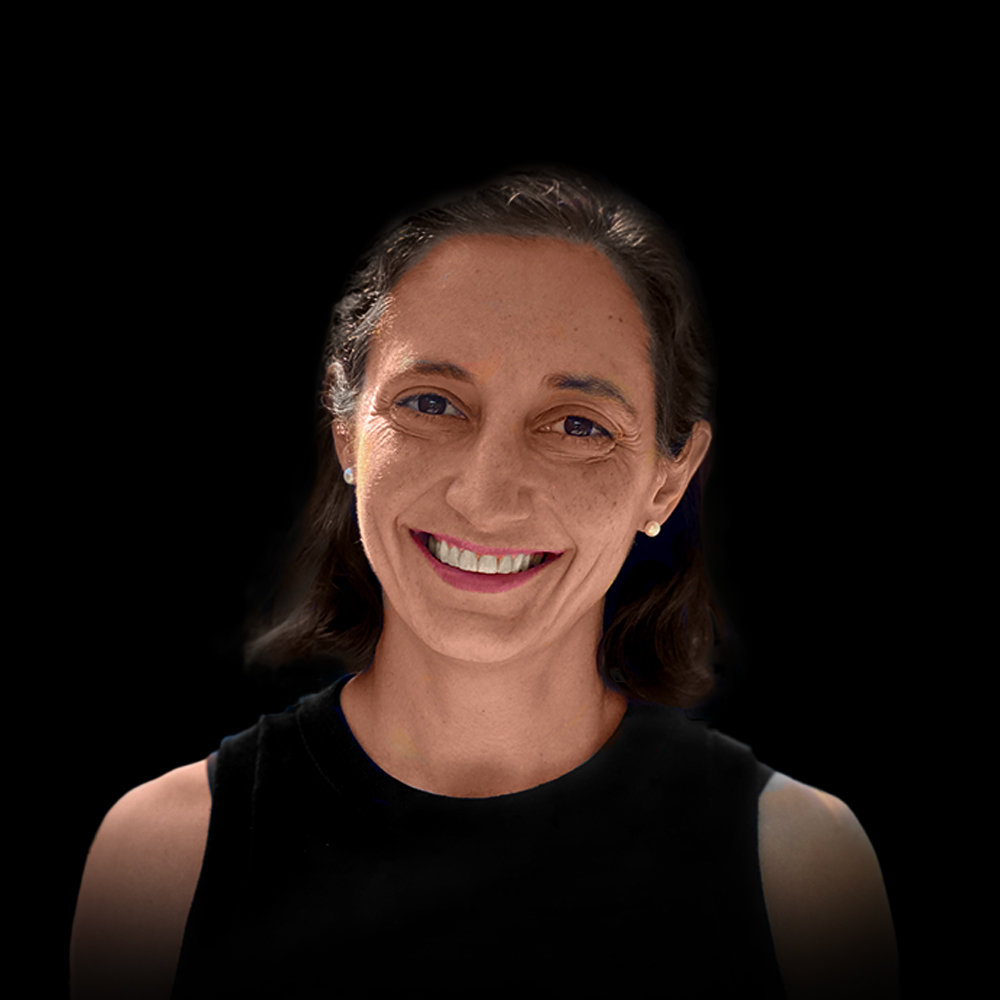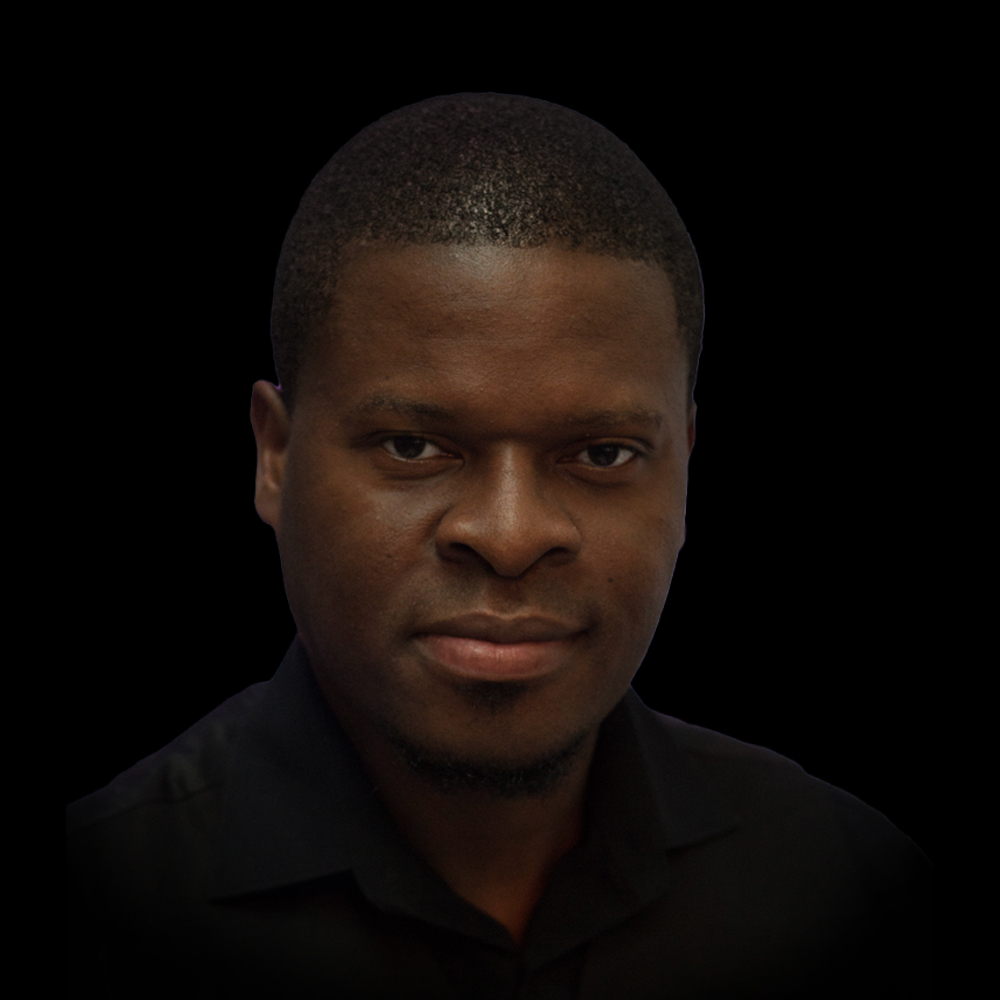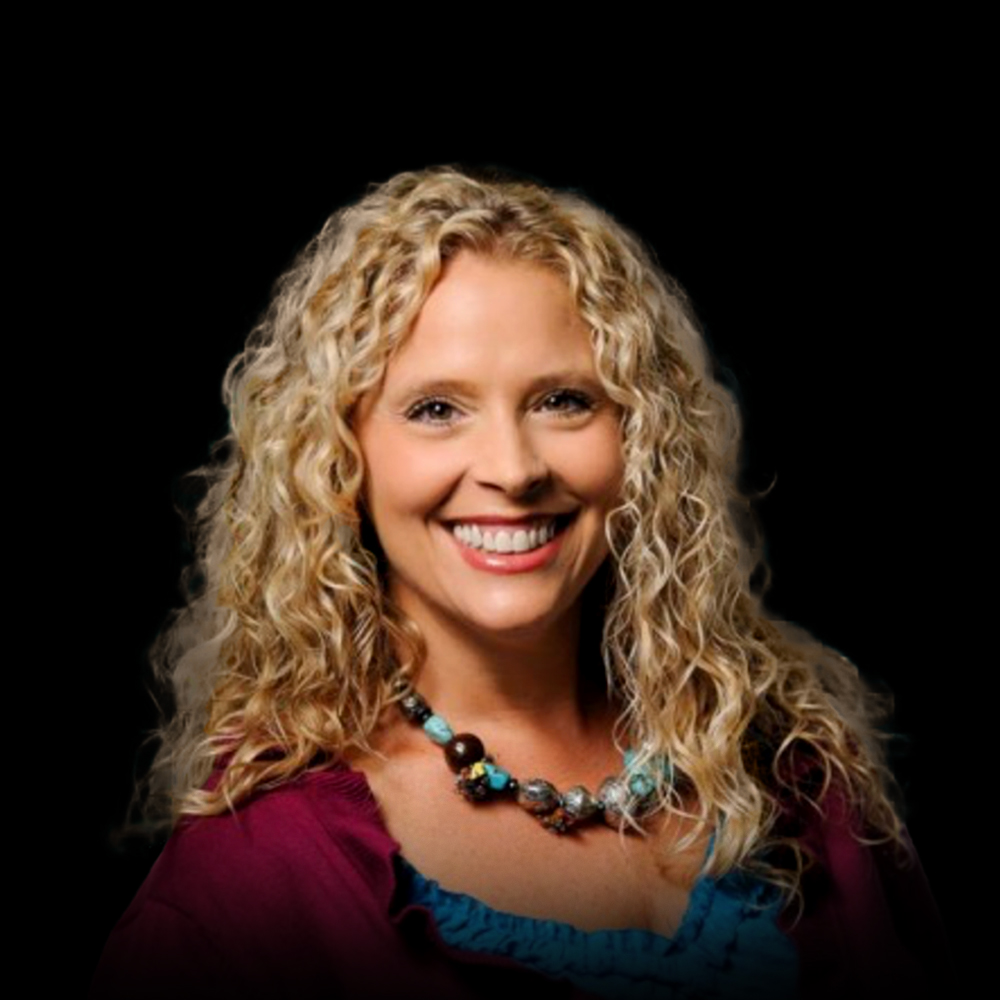Profile •
Garo Vinyl Session
March 3, 2022
By Jordan Levin
Share •
Part of the allure of Cuban music for outsiders is the thrill of discovering a secret musical world – an intoxicating music created in an island with an endlessly vital, constantly morphing musical tradition that’s still cut off, in many ways, from the rest of the world. A music with profound roots whose artists are always fermenting something new. Which, despite the island’s frequent political isolation, has deeply influenced music in the United States, Latin America and Africa.

Garo’s intimate vinyl listening session at Dante’s Hi-Fi in Wynwood, which kicks off Miami Light Project and FUNDarte’s annual Global Cuba Fest on Thursday March 3rd, 2022, takes that thrill of discovering the hidden to new heights – and depths. Garo is the performance name of Edgar Gonzalez (also known as EdgarO and Producer En Jefe, or Producer in Chief), who was an integral part of Cuba’s revolutionary underground hiphop scene in the 90’s and co-founder of one of its pivotal groups, Doble Filo (Double Edge.)
Now a producer, Garo, who lives in Brooklyn and Havana, has spent years digging deep into foundational Cuban vinyl recordings from the 1940’s to the 90’s, particularly obscure and boundary-breaking genres and groups little known even on the island. As music lovers have rediscovered the authentic joys of vinyl records, Garo has ridden the format’s resurgence with specialized listening sessions. He’s a live musicologist, historian, recording technology expert – DJing the intricately beating heart of Cuban music.
“When I say “rare records” I’m referring to very hard-to-find recordings, or what I consider anomalies,” Garo says. “Not only hard to find because there were only a few copies pressed, but also because you need to study the body of work of a musician to find those spaces in between. The same concept as record digging, but applied to history.”
“In each session, I try to do a run-through of different decades and Cuban genres, with an emphasis on Afrocuban Funk, Experimental recordings, Changüí [an early 19th century ancestor of Cuban son], Musica Campesina [country music], Rumba. I want people to experience the roots of our popular music.”


On Thursday Garo will play some of his rarest gems. Like pa que te salves [to save yourself] a track by Issac Delgado, one of Cuba’s greatest salsa artists since the 90’s, which Delgado didn’t even know was on vinyl. Or one of only ten albums pressed by close friend DJ Afroqubano. Recordings by bands on the Siboney label, in Santiago de Cuba, the capital of Afro-Cuban culture in the east of the island, like the group La Ritmo Oriental, whose members included violinist David Calzado, founder of incendiary, essential timba band Charanga Habanera, and percussionist Florencio Baro – who was resdiscovered in Miami in the 90’s by Nil Lara, a local star among young Cuban-Americans here for combining rock with Cuban music, for whom Baro was idol and influence.
Garo started as a musical outsider. He grew up in Alamar, a bleak, sprawling, Soviet-style 1970’s housing project on the outskirts of Havana which became the boogie-down Bronx of Cuba. Alamar’s kids were inspired by American rap music they heard on Florida radio stations, picked up on homemade antennas from towering rooftops, developed in raw weekly concerts at a stark concrete amphitheater. It was the 90’s, the devastating “special period” after the Soviet Union collapsed and cut off economic support to the island, when shortages of food, electricity and everything else led to an exodus from Cuba – but also an explosion of musical creativity.
“Everyone young in Alamar was into hiphop,” says Garo, who began making music in his mid-teens. “Almost everybody had a band. I was very lucky to be part of that. It saved us all. It’s a place where you’re just trapped. What saved all of us was getting into hiphop. It touched so many people in so many ways.”
Artists like Danny Hoch, a hiphop theater pioneer, and and Miami-raised Jauretzi Saizabitoria, an advocate of Cuban music exchange, brought cassettes, CD’s, magazines and connections – and turned the American hiphop world onto what was happening in Alamar. Artists like The Roots and Mos Def came to perform. Cuban hiphop artists, rapping about the harsh reality of Cuban life, outside the government-sanctioned artistic establishment, were like a reincarnation of the streetwise integrity of hiphop’s roots. And Garo and Yrak Saenz’s Doble Filo was one of the scene’s foundational stars, performing at Harlem’s legendary Apollo Theatre in 2003. Garo has kept a connection with The Roots’ Questlove, serving as liason and collaborator when Questlove visited Havana in 2015.
Garo has combined that artistic independence with years of digging into Cuban music’s roots – and its variations. The jazz fusion of Chucho Valdes and Irakere in the 70’s. Timba, the dense, driving, irresistibly danceable style that dominated the 90’s. Music from Carnival and hokey, government sanctioned TV variety shows.
Now, as a producer and composer, Garo is working to combine those many threads of Cuban music, on the island and in the diaspora, into a new sound. Since last September, a Miami Light Project residency has allowed him to work on a new album, Fundamento, with Cuban musicians like Pedrito Martinez, the brilliant percussionist; and Miami-based artists like Issac Delgado’s son Issac Delgado Jr., a pianist and producer; and Papacho, a conguero and veteran of Los Van Van.
“All these Cuban rhythms I take like a religion,” Garo says. “I have this deep respect for the way all this happens in Cuba, the way these rhythms came together, the unique way that in Cuba, whatever comes in, Cubans make it their own. With my knowledge of hiphop, I want to take this Cuban music to the world.”
